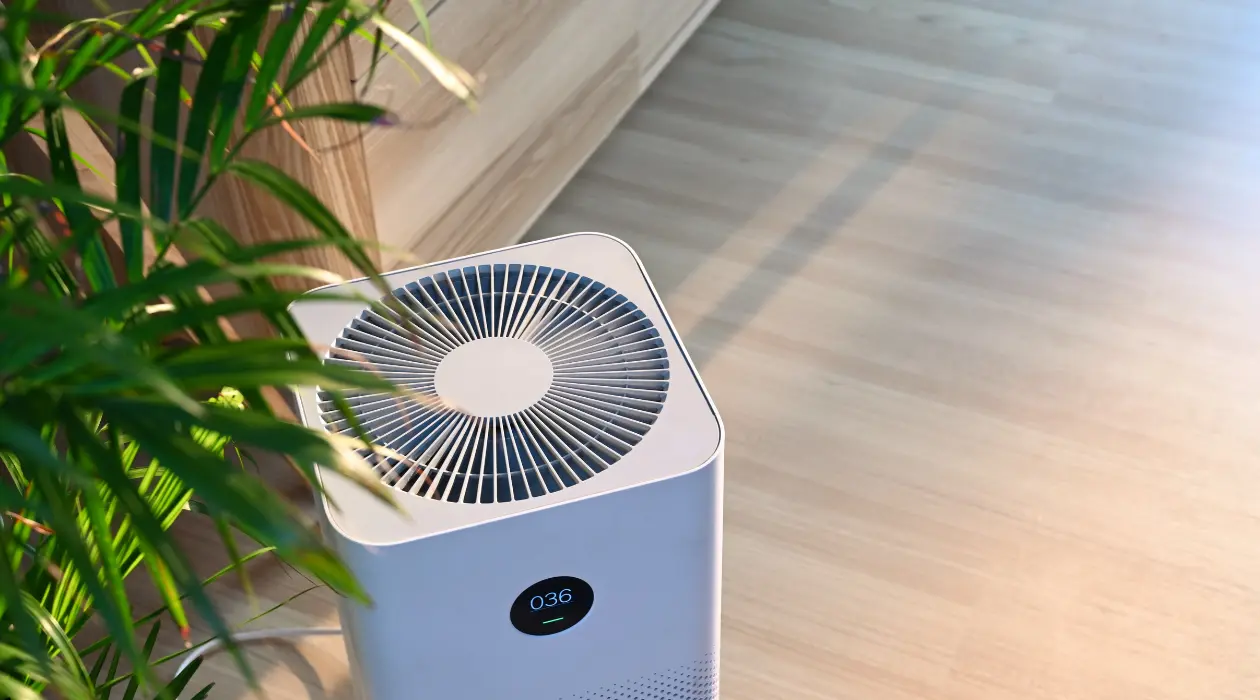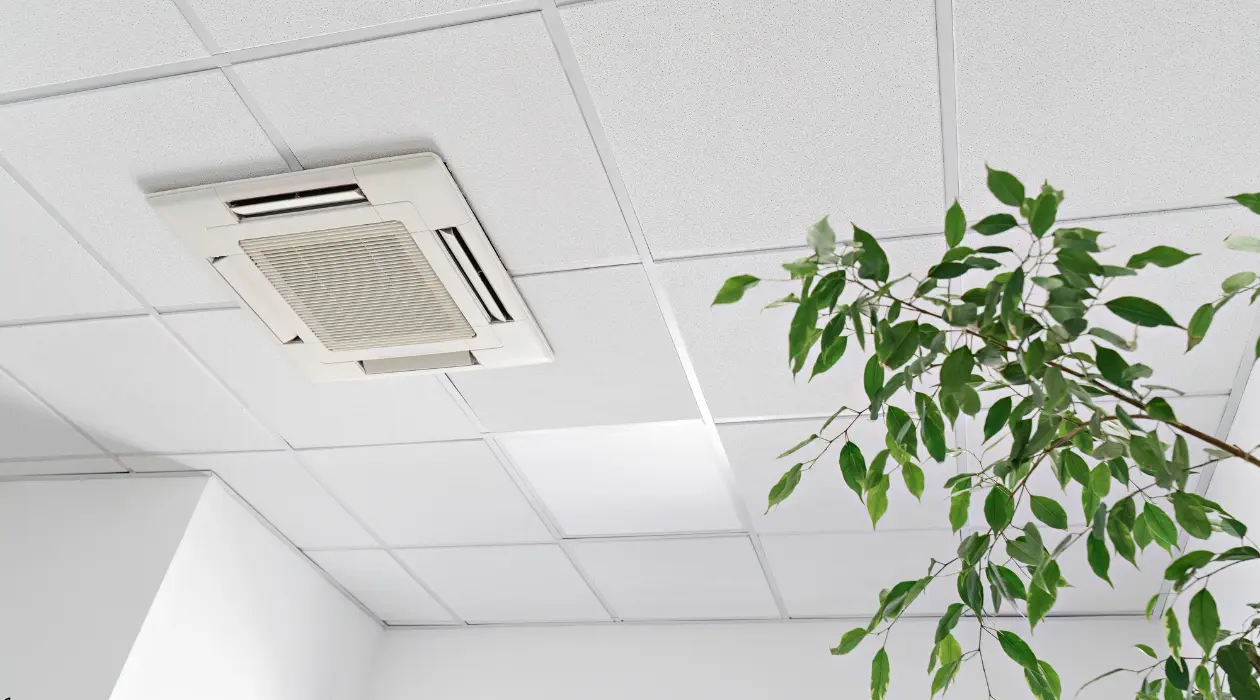
Welcome to your go-to guide on achieving pristine indoor air quality in both residential and commercial spaces. At Ohio Heating, we’re committed to helping home and business owners breathe easier by leveraging advanced HVAC solutions. Whether you’re battling summer humidity or winter dryness, this post will cover everything from optimizing your central air system and selecting the right air filters to harnessing dehumidifiers and UV technologies for mold prevention and superior health outcomes. For more details on our services, visit our website or check out our reviews on Google.
Understanding the Importance of Indoor Air Quality
Poor air quality can exacerbate allergies, asthma, and even lead to chronic respiratory issues. In tightly sealed modern buildings, pollutants accumulate faster than ever. Common contaminants include:
Particulate matter from dust, pollen, and pet dander
Volatile Organic Compounds (VOCs) emitted by cleaning agents, paints, and furniture
Mold spores thriving in damp environments
Microbial pathogens circulated through HVAC ducts
Prioritizing indoor air quality isn’t just about comfort, it’s an investment in health, productivity, and long-term building integrity.
Optimizing Your Central Air System for Cleaner Air
Your central air conditioning and heating system is the heart of airflow management. To leverage it for superior IAQ:
Regular Maintenance & Tune-Ups
Annual Inspections: Schedule professional checks each spring and fall to verify refrigerant levels, motor health, and duct integrity.
Duct Cleaning: Over time, ducts accumulate dust and microbial growth. Professional cleaning every 2–3 years helps maintain optimal airflow and prevents allergen recirculation.
Upgrading to Variable-Speed Blowers
Consistent Air Circulation: Unlike single-speed motors that cycle on/off, variable-speed blowers run at lower speeds longer, distributing air, and filtration, more evenly.
Energy Efficiency: Lower operating speeds consume less power, reducing utility bills while enhancing IAQ.
Ensuring Proper Ventilation
Fresh Air Intake: Integrate an energy-recovery ventilator (ERV) or heat-recovery ventilator (HRV) to exchange stale indoor air with conditioned outdoor air without energy loss.
Balanced HVAC Design: Work with an HVAC pro to confirm that supply and return vents are balanced, preventing stagnant “dead zones” where contaminants linger.
For personalized recommendations on optimizing your central air system, learn more about our residential IAQ services.
Choosing the Right Air Filters for Maximum Particle Removal
Not all filters are created equal. Here’s how to select the best one for your needs:
MERV Ratings Explained
MERV 1–4: Basic protection, captures large particles like dust mites and carpet fibers.
MERV 5–8: Improved removal of mold spores, pet dander, and finer dust.
MERV 9–12: Excellent for residential use, traps lead dust, auto emissions, and some bacteria.
MERV 13–16: Near-medical grade, captures viruses, smoke, and super-fine particulates.
Tip: For standard homes, aim for MERV 9–12. In business settings with high occupancy (offices, clinics), MERV 13+ filters can provide hospital-level protection, just ensure your system’s blower can handle the increased airflow resistance.
HEPA & ULPA Filters
HEPA (High-Efficiency Particulate Air): Removes 99.97% of particles ≥0.3 microns. Ideal for sensitive environments like medical offices or allergy-prone households.
ULPA (Ultra-Low Penetration Air): Captures 99.999% of particles ≥0.12 microns; used in cleanrooms and laboratories.
Filter Maintenance & Replacement
Regular Checks: Inspect filters monthly during peak seasons (summer, winter).
Scheduled Replacements: Swap standard MERV filters every 90 days; higher-grade filters (MERV 13+) may last up to 6 months, depending on indoor pollutant levels.
Reusable Options: Consider electrostatic filters that can be washed and reused, eco-friendly and cost-effective in the long run.
Investing in the correct air filters ensures your HVAC system’s efficiency and your health. For professional filter upgrades, contact our commercial HVAC team.
Harnessing Dehumidifiers to Prevent Mold & Maintain Comfort

High humidity fosters mold growth, allergens, and musty odors. Dehumidifiers play a crucial role in maintaining optimal indoor conditions:
Whole-House vs. Portable Units
Whole-House Dehumidifiers: Integrated into your HVAC system, they regulate humidity throughout every room, ideal for large homes and commercial spaces.
Portable Dehumidifiers: Perfect for basements, crawl spaces, or individual problem areas. Choose unit capacity (pints/day) based on square footage and moisture load.
Setting Target Humidity Levels
Ideal Range: Aim for 30–50% relative humidity (RH).
Seasonal Adjustments: During hot, muggy summer months, lower RH to 30–40% to prevent condensation. In winter, maintain closer to 40–50% to avoid overly dry air and static buildup.
Maintenance Best Practices
Regular Drainage or Pump Checks: Ensure condensate lines are clear or that the internal pump is functioning.
Filter Cleaning: Many units include washable air filters, rinse monthly to maintain airflow and efficiency.
Annual Service: For whole-house systems, schedule yearly professional tune-ups alongside your HVAC maintenance.
By controlling humidity, dehumidifiers not only protect against mold but also reduce dust mite populations and improve overall comfort.
Advanced IAQ Technologies: UV Lights, Air Purifiers & Beyond
To achieve next-level indoor air quality, consider integrating these cutting-edge solutions:
UV-C Germicidal Lights
How They Work: UV-C radiation inactivates bacteria, viruses, mold spores, and yeast as air passes through your HVAC coil or ductwork.
Placement Options:
Coil Sanitization: Installed near the evaporator coil to prevent microbial buildup and improve heat exchange efficiency.
In-Duct Installation: Provides whole-system disinfection, ideal for commercial applications.
Safety Note: UV-C should never be directly exposed to occupants; professional installation ensures proper shielding.
Standalone Air Purifiers
True HEPA Models: Portable units that clean air in a single room, look for CADR (Clean Air Delivery Rate) matching your space size.
Activated Carbon Filters: Remove VOCs and odors from cooking, pets, and paints.
Hybrid Systems: Combine HEPA, carbon, and UV-C for multi-stage purification.
Air Quality Monitoring & Smart Controls
Real-Time Sensors: Track PM2.5, VOCs, CO₂, temperature, and humidity; integrate with building management systems or smart home platforms.
Automated Responses: Link sensors to your HVAC controls or purifiers to ramp up cleaning when pollutant levels spike.
For expert advice on integrating advanced IAQ technologies, reach out to Ohio Heating’s team of specialists.
Mold Prevention Strategies for Healthy Buildings
Mold not only damages structures but also triggers allergies, asthma, and other health issues. Combine humidity control with proactive measures:
Prompt Leak Repairs: Address plumbing drips, roof leaks, and condensation sources immediately.
Proper Insulation & Vapor Barriers: In basements and crawl spaces, prevent moisture infiltration with adequate sealing.
Routine Mold Inspections: Especially in high-risk zones—bathrooms, basements, kitchens, and mechanical rooms.
Clean & Dry Protocols: After any water intrusion, dry affected areas within 48 hours using fans and dehumidifiers.
A multi-layered approach, integrating dehumidifiers, proper ventilation, and timely maintenance, keeps mold at bay and protects occupant health.
Health Benefits of Superior Indoor Air Quality

Investing in IAQ delivers measurable benefits for families and businesses alike:
Reduced Respiratory Symptoms: Fewer asthma attacks, allergy flare-ups, and coughing.
Enhanced Cognitive Performance: Studies link lower CO₂ levels and cleaner air to improved concentration and decision-making in offices and classrooms.
Lower Absenteeism: Healthy indoor environments curb the spread of cold and flu viruses, reducing sick days.
Better Sleep Quality: Consistent humidity and filtered air promote deeper, more restorative sleep at home.
In commercial settings, these advantages translate into higher employee morale, productivity, and customer satisfaction.
Maintenance & Best Practices for Long-Term IAQ Success
An effective IAQ program combines technology with routine care:
Seasonal HVAC Service: Biannual tune-ups keep your system running at peak efficiency.
Filter Replacement Schedule: Mark calendars for quarterly MERV filter changes; record replacements in a maintenance log.
Dehumidifier Checks: Inspect and clean portable units monthly; schedule annual checks for whole-house systems.
UV-C Lamp Replacements: Most lamps lose output after 9,000 hours, plan for annual or biannual replacements.
Air Quality Audits: Use portable monitors or hire professionals to verify PM, VOC, and humidity levels quarterly.
By adhering to these practices, you’ll sustain the health benefits and energy savings of your IAQ investments for years to come.
Conclusion: Breathe Easier with Ohio Heating’s IAQ Expertise
From optimizing central air systems and selecting the right air filters to deploying dehumidifiers, UV lights, and advanced purifiers, comprehensive IAQ solutions safeguard both health and property. Whether you manage a family home or a bustling business, the right combination of technology and maintenance will keep your indoor environment fresh, clean, and free of mold hazards.
Reach out to us: If you have any questions about our IAQ services, give us a call at 614-863-6666, or connect online. We’re proud to serve Columbus, Ohio, and beyond. Let Ohio Heating help you create a healthier, more productive space for everyone who walks through your doors.
